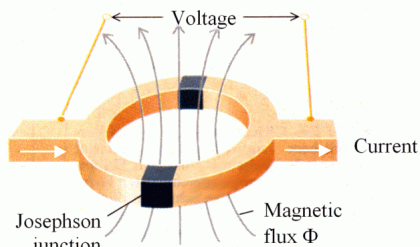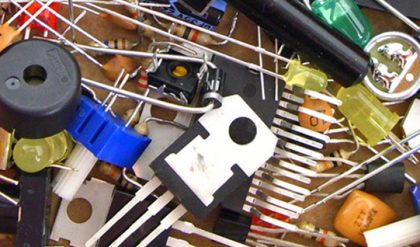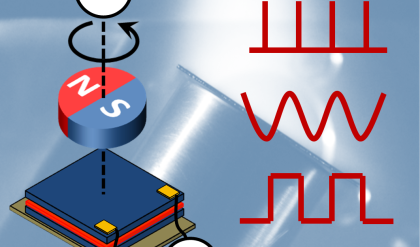The ratio between the maximum and minimum signals the transducer may handle. The maximum is usually limited by compression or distortion, while the minimum is defined by the threshold. The dynamic range is often measured in units of the RMS noise voltage, and expressed in a number of effective bits, or in decibels. So we will say that the dynamic range of a device is D decibels if:

Like resolution, the dynamic range can be increased by increasing the signal power and consequently power dissipation.
Non-monotonicity
We have taken for granted that a sensor’s output is monotonic in its input. In other words we assume that the sensitivity never changes sign within the range of the instrument. This does not need to be the case. High resolution (multi-bit) A/D and D/A converters are notorious for being non monotonic.
Accuracy
The difference between the apparent value of the stimulus and the actual value is called the accuracy. Accuracy is easy to intuitively understand but somewhat vague to define, and can be undermined by offset, gain error, non-linearity, non-monotonicity and hysteresis.







